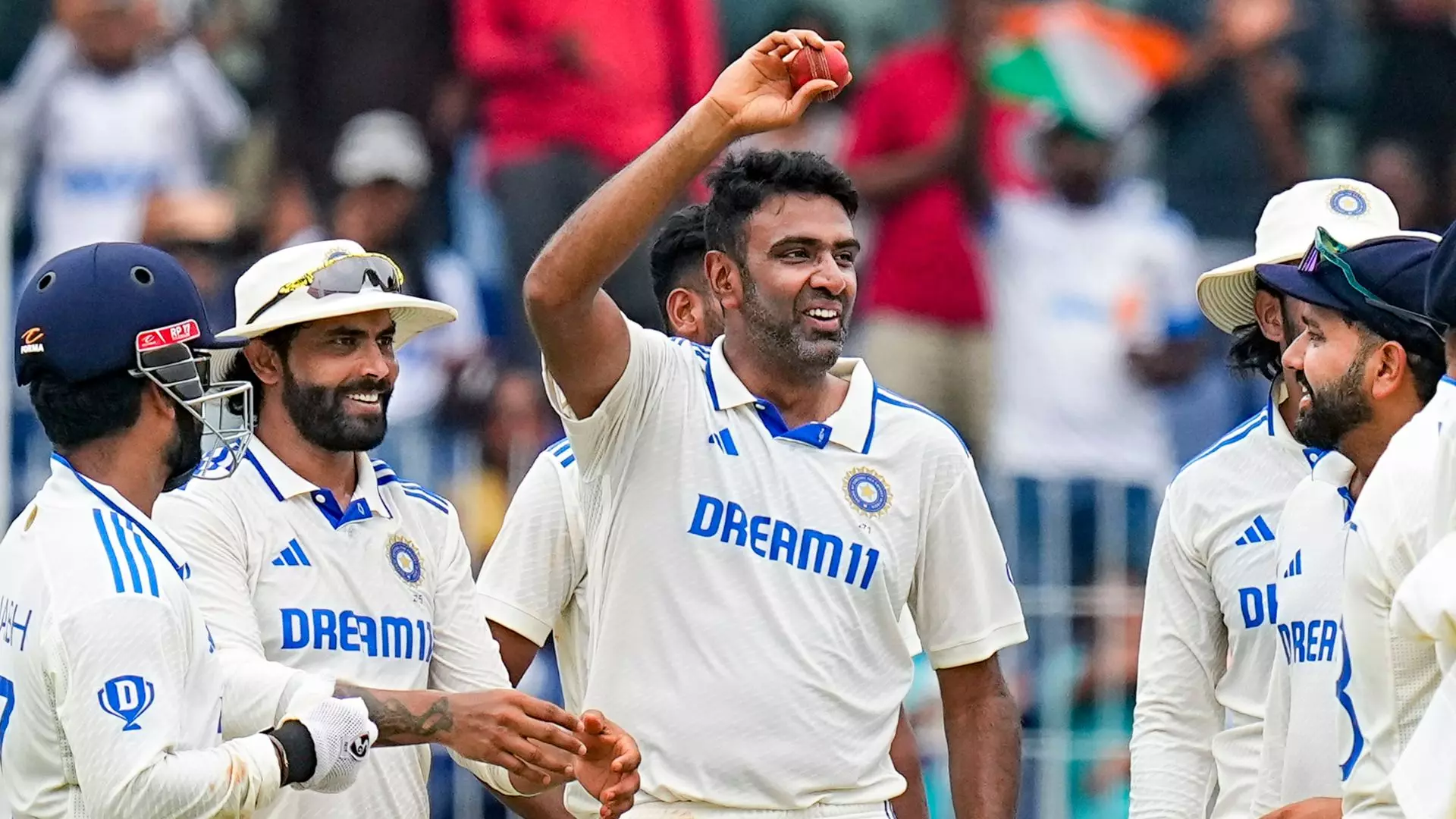
With 537 wickets in 106 Tests, Ashwin is India’s second highest wicket-taker in the format, behind leg-spinner Anil Kumble (619 wickets in 132 matches). The Tamil Nadu player scored 3,503 runs with the bat, including six centuries and 14 fifties.
However, the 38-year-old played just one of the first three Tests in Australia, taking 53 in the day-night match, the second of the series, in Adelaide. The 25-year-old Washington Sundar may have decided to leave the Indian playing XI ahead of his senior to take the off-spinner’s spot. However, he will continue to play in the cash-rich IPL and other club-level competitions.
There is more to the fact that Ashwin didn’t take any questions after announcing his retirement in the post-Brisbane Test press conference than meets the eye.
Captain Rohit Sharma termed Ashwin’s decision to retire as “personal” and said the team had held talks with think tanks around the possibility of fielding the spinner in the playing XI.
Ashwin’s response was that if he was not needed in the series, it was better to say goodbye to the game.
While the nature of his farewell and abrupt departure from Australia may not have satisfied the purists of team play, nothing detracts from the enormity of his contribution as the leading wicket-taker for Team India over a decade and a half. . Even when he scored his sixth Test century in the recent home Test, he was very workmanlike with the bat.
In a career in which much absenteeism was pressured on him by selection foibles from white-ball games, he was the team man to the core, always willing to fight his way into the playing XI. Alas, the ending was not as universally satisfying as it could have been for such a leading actor.